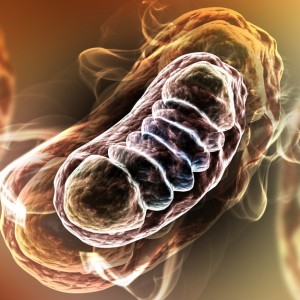 A collaboration between researchers from Leeds’ St. James’s University Hospital, University College London (UCL) and the Institute of Child Health (UCL) identified a gene mutation affecting mitochondrial calcium (Ca2+) levels in individuals with muscular disease (myopathy), learning and movement deficits. The study included data collected by the UK10K Consortium and is entitled “Loss-of-function mutations in MICU1 cause a brain and muscle disorder linked to primary alterations in mitochondrial calcium signaling,” published in February 2014 in Nature Genetics.
A collaboration between researchers from Leeds’ St. James’s University Hospital, University College London (UCL) and the Institute of Child Health (UCL) identified a gene mutation affecting mitochondrial calcium (Ca2+) levels in individuals with muscular disease (myopathy), learning and movement deficits. The study included data collected by the UK10K Consortium and is entitled “Loss-of-function mutations in MICU1 cause a brain and muscle disorder linked to primary alterations in mitochondrial calcium signaling,” published in February 2014 in Nature Genetics.
Researchers studied individuals with learning difficulties who also presented early-onset weakness of muscles proximal to the body’s trunk and elevated levels of creatine kinase, an indicator of muscle inflammation. They analyzed muscle biopsies of these patients and found myopathic features such as variation in muscle fiber size.
Mitochondria are structures responsible for supplying cell energy and for other cellular processes including growth and cell death. Gene sequencing of studied individuals revealed a mutation in a gene encoding MICU1, a channel responsible for Ca2+ uptake by mitochondria. This channel enables mitochondrial Ca2+ uptake required for buffering transient changes in cellular Ca2+ levels such as during muscle contraction and synaptic transmission.
By using specific dyes for Ca2+, researchers found that in cells of individuals bearing the mutation there was an overload of Ca2+ in mitochondria, whereas cytosolic Ca2+ levels were decreased. Other mitochondrial functions such as mitochondrial respiratory chain enzymatic activities also important for mitochondrial function were normal. However, when they looked to the mitochondrial morphology by microscopy, they found that mitochondria were under stress as they were fragmented compared to those form normal individuals.
“The dysfunction in mitochondrial Ca2+ uptake described in these individuals results in a previously unrecognized phenotype, the clinical and pathological features of which overlap with those of muscular dystrophies, congenital core myopathies and mitochondrial myopathies. Mitochondrial damage and dysfunction are features common to these disorders,” say the authors of the study.
The current study demonstrates clear changes in Ca2+ uptake by mitochondria in individuals bearing the MIUC1 mutation, though studies in animal models (in vivo) will be required to further elucidate the role of MICU1 in mitochondrial Ca2+ uptake and disease.

